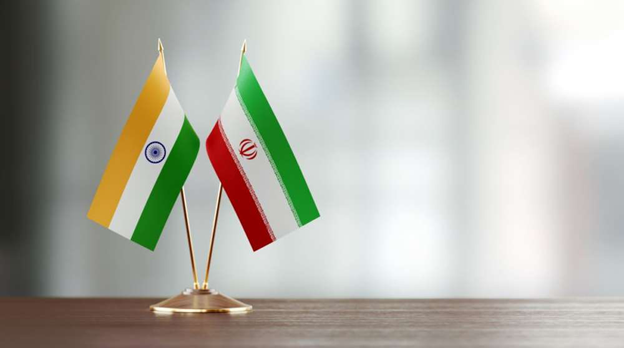India, Iran sign bilateral seafarer pact
Context
India and Iran signed a Memorandum of Understanding (MoU) for the smooth movement of seafarers between both countries.
Key-highlights
- The Memorandum of Understanding (MoU) is signed on recognition of Certificates of Competency in Unlimited Voyages.
- It aims to help seafarers from both countries as per the provisions of the International Convention on Standards of Training, Certification and Watchkeeping for Seafarers (1978).
- The role of Chabahar as a trade multiplier for the region was highlighted during the event as the potential of the port to act as a swift, economical trade conduit between Central Asia and South Asia, and even South East Asia, remains to be tapped fully.
- Shahid Behesti Port is likely to act as a catalyst to unlock the huge trade potential in the region.
- For India, the Shahid Behesti terminal of Chabahar Port is a crucial cog in the potentially game-changing International North-South Transport Corridor (INSTC).
Significance
- The seafarer agreement is the first tangible development after years of dormancy owing to the unfulfilled potential of the port and Covid-related restrictions.
- The MoU has been signed as per the provisions of the International Convention on Standards of Training, Certification and Watchkeeping for Seafarers (1978).
- This agreement will smoothen the movement of seafarers from both countries.
About International Convention on STCW for Seafarers
- It sets qualification standards for masters, officers and watch personnel on seagoing merchant ships.
- International Convention on Standards of Training, Certification and Watchkeeping for Seafarers (STCW) was adopted in 1978 by a conference at the International Maritime Organization (IMO) in London.
- It entered into force in 1984.
- The Convention was significantly amended in 1995.
- The 1978 STCW Convention was the first to establish basic requirements for training, certification and watchkeeping for seafarers on an international level.
- It prescribes minimum standards relating to training, certification and watchkeeping for seafarers which countries are obliged to meet or exceed.
- One especially important feature of the Convention is that it applies to ships of non-party States when visiting ports of States which are Parties to the Convention.
India-Iran Relations
- India-Iran relations span millennia marked by meaningful interactions.
- The two countries shared a border till 1947 and share several common features in their language, culture and traditions.
- India-Iran share close civilizational ties since the times of the Persian Empire and Indian kingdoms.
- The “Tehran Declaration” signed during former Prime Minister Atal Bihari Vajpayee’s visit to Iran affirmed the shared vision of the two countries for an “equitable, pluralistic and co-operative international order”.
- It recognized the then Iranian President Mohammad Khatami’s vision of a “dialogue among civilisations” as a paradigm of international relations based on principles of tolerance, pluralism and respect for diversity.
About Chabahar Port
International North-South Transport Corridor (INSTC)
|

